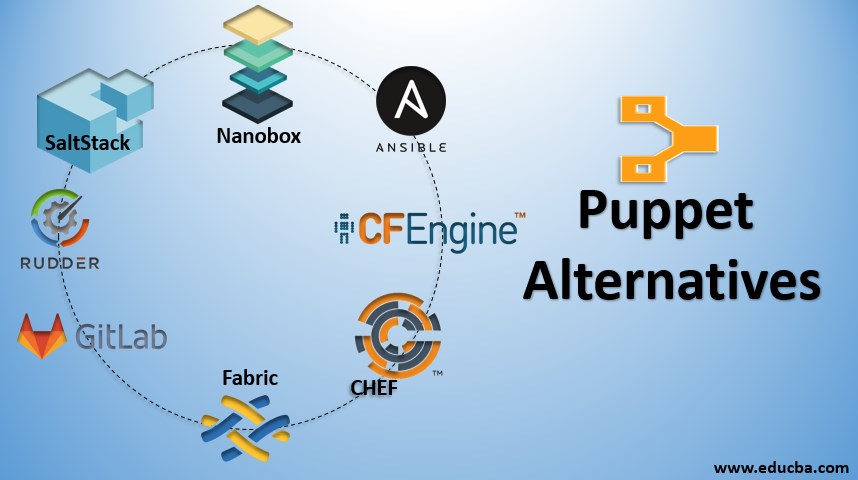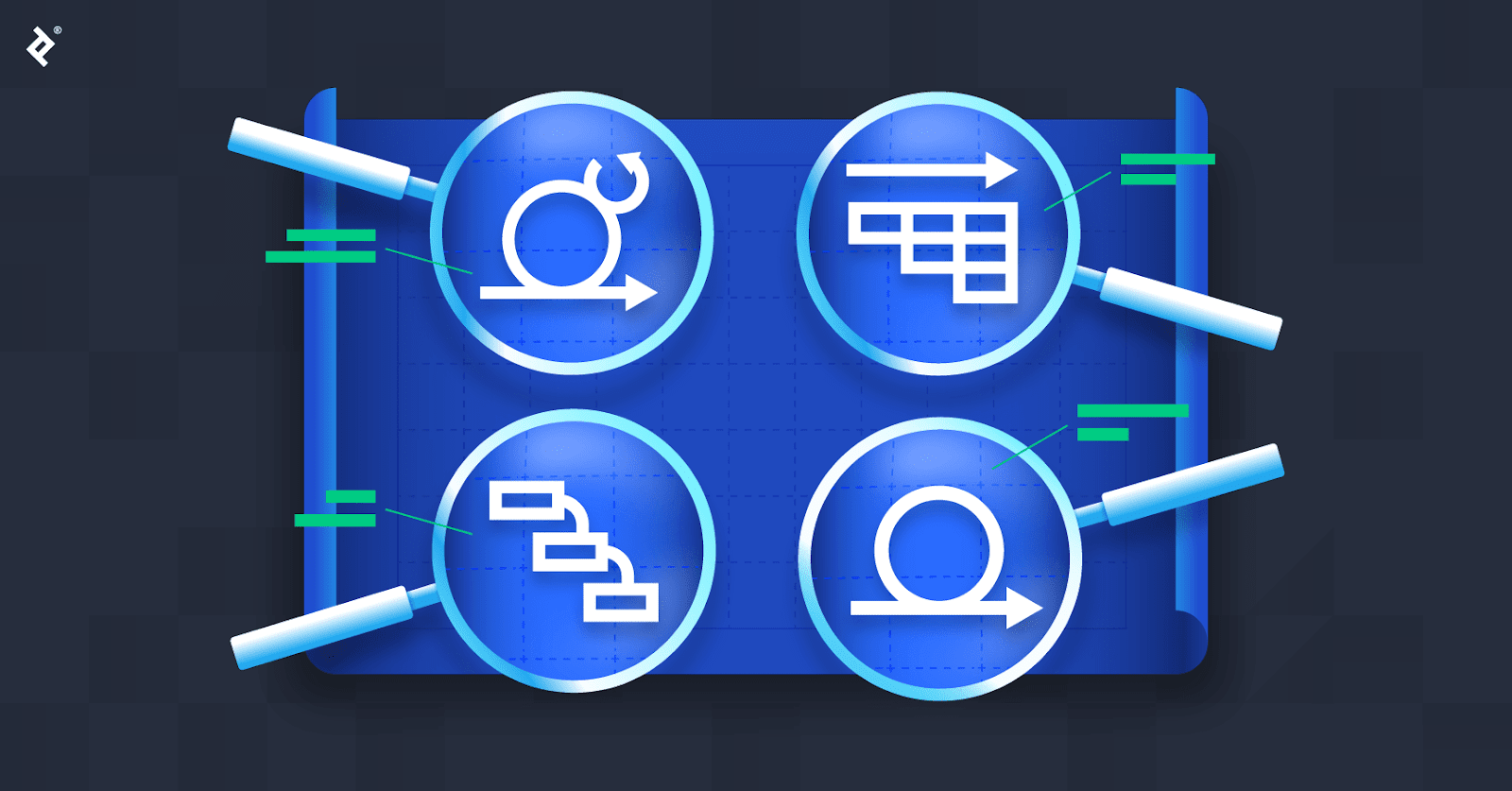Automate Software Delivery with CI/CD Pipelines in the Cloud.
CI/CD Pipelines in the Cloud refers to the practice of automating the software delivery process in a cloud environment. It involves the use of Continuous Integration (CI) and Continuous Deployment (CD) techniques to streamline the development, testing, and deployment of software applications. By automating these processes, organizations can achieve faster and more reliable software delivery, enabling them to respond quickly to market demands and deliver high-quality software to their users.
Benefits of Implementing CI/CD Pipelines in the Cloud
Benefits of Implementing CI/CD Pipelines in the Cloud
In today’s fast-paced software development landscape, organizations are constantly seeking ways to streamline their processes and deliver high-quality software at a rapid pace. One approach that has gained significant popularity is the implementation of Continuous Integration and Continuous Delivery (CI/CD) pipelines in the cloud. This article explores the benefits of adopting CI/CD pipelines in the cloud and how they can revolutionize software delivery.
One of the key advantages of implementing CI/CD pipelines in the cloud is the ability to automate the entire software delivery process. Traditionally, software development and deployment involved manual steps, which were time-consuming and prone to errors. With CI/CD pipelines in the cloud, developers can automate tasks such as code compilation, testing, and deployment, resulting in faster and more reliable software delivery.
Furthermore, CI/CD pipelines in the cloud enable organizations to achieve greater scalability and flexibility. Cloud platforms offer the ability to provision resources on-demand, allowing teams to scale their infrastructure based on the needs of their software development projects. This scalability ensures that developers have the necessary resources to build, test, and deploy their applications without any constraints. Additionally, the cloud provides a flexible environment where developers can experiment with different configurations and quickly adapt to changing requirements.
Another significant benefit of CI/CD pipelines in the cloud is the improved collaboration and communication among development teams. Cloud-based CI/CD tools provide a centralized platform where developers can collaborate on code, track changes, and manage their workflows. This centralized approach fosters better communication and coordination, as team members can easily access and review each other’s work. Moreover, cloud-based CI/CD pipelines enable seamless integration with popular collaboration tools, such as Slack or Microsoft Teams, further enhancing team collaboration.
Security is a critical concern for any software development organization. Implementing CI/CD pipelines in the cloud offers enhanced security features compared to traditional on-premises solutions. Cloud providers invest heavily in security measures, including data encryption, access controls, and regular security audits. By leveraging these cloud security features, organizations can ensure the integrity and confidentiality of their software throughout the entire delivery process.
Cost savings are another compelling advantage of adopting CI/CD pipelines in the cloud. Traditional software development environments often require significant upfront investments in hardware, infrastructure, and maintenance. In contrast, cloud-based CI/CD pipelines eliminate the need for on-premises infrastructure, reducing capital expenditures. Additionally, cloud platforms offer pay-as-you-go pricing models, allowing organizations to pay only for the resources they consume. This cost-effective approach enables organizations to allocate their budget more efficiently and invest in other areas of their business.
Lastly, CI/CD pipelines in the cloud enable organizations to achieve faster time-to-market for their software products. By automating the software delivery process and leveraging the scalability of the cloud, developers can significantly reduce the time it takes to develop, test, and deploy their applications. This accelerated time-to-market allows organizations to stay ahead of their competition, respond quickly to customer demands, and seize new business opportunities.
In conclusion, implementing CI/CD pipelines in the cloud offers numerous benefits for organizations looking to automate their software delivery process. From automation and scalability to improved collaboration and security, the advantages of adopting cloud-based CI/CD pipelines are undeniable. By embracing this modern approach, organizations can revolutionize their software development practices, deliver high-quality software at a rapid pace, and gain a competitive edge in the market.
Best Practices for Building and Managing CI/CD Pipelines in the Cloud
CI/CD Pipelines in the Cloud: Automating Software Delivery
In today’s fast-paced software development landscape, organizations are constantly seeking ways to streamline their processes and deliver high-quality software at a rapid pace. One of the most effective ways to achieve this is by implementing Continuous Integration and Continuous Delivery (CI/CD) pipelines in the cloud. By automating the software delivery process, organizations can reduce manual errors, increase efficiency, and ultimately deliver better products to their customers.
Building and managing CI/CD pipelines in the cloud requires careful planning and adherence to best practices. In this article, we will explore some of these best practices to help organizations optimize their software delivery process.
First and foremost, it is crucial to have a clear understanding of the software development lifecycle and the various stages involved. This includes development, testing, deployment, and monitoring. By mapping out these stages and identifying the specific requirements and dependencies at each step, organizations can design a robust CI/CD pipeline that meets their unique needs.
Once the stages of the pipeline are defined, it is important to choose the right tools and technologies to support the automation process. There are several cloud-based CI/CD platforms available, such as Jenkins, Travis CI, and CircleCI, that offer a wide range of features and integrations. It is essential to evaluate these platforms based on factors like scalability, ease of use, and compatibility with existing infrastructure.
Another best practice is to adopt a modular approach when designing the CI/CD pipeline. Breaking down the pipeline into smaller, manageable components allows for easier maintenance and troubleshooting. Each component should have a specific purpose and be responsible for a particular task, such as code compilation, testing, or deployment. This modular design also enables organizations to scale their pipeline as their software development needs grow.
In addition to modularity, it is important to incorporate automated testing at every stage of the pipeline. This ensures that any issues or bugs are identified early on, reducing the risk of deploying faulty software. Unit tests, integration tests, and end-to-end tests should be integrated into the pipeline, with results automatically reported to the development team. By continuously testing the software, organizations can maintain a high level of quality and deliver reliable products to their customers.
Furthermore, organizations should prioritize security and compliance when building and managing CI/CD pipelines in the cloud. This includes implementing secure access controls, encrypting sensitive data, and regularly auditing the pipeline for vulnerabilities. By adhering to industry best practices and standards, organizations can protect their software and customer data from potential threats.
Lastly, organizations should regularly monitor and analyze the performance of their CI/CD pipelines. This includes tracking metrics like build success rate, deployment frequency, and mean time to recovery. By monitoring these metrics, organizations can identify bottlenecks or areas for improvement and make data-driven decisions to optimize their pipeline.
In conclusion, implementing CI/CD pipelines in the cloud is a powerful way to automate software delivery and improve the efficiency of the development process. By following best practices such as understanding the software development lifecycle, choosing the right tools, adopting a modular approach, incorporating automated testing, prioritizing security and compliance, and monitoring performance, organizations can build and manage robust pipelines that enable them to deliver high-quality software at a rapid pace.
Tools and Technologies for Streamlining CI/CD Pipelines in the Cloud
CI/CD Pipelines in the Cloud: Automating Software Delivery
In today’s fast-paced software development landscape, organizations are constantly seeking ways to streamline their processes and deliver high-quality software at a rapid pace. One of the key tools that has emerged to address this need is the CI/CD pipeline. CI/CD, which stands for Continuous Integration/Continuous Delivery, is a set of practices and tools that enable developers to automate the process of building, testing, and deploying software. By automating these tasks, organizations can reduce the time and effort required to deliver software updates, while also improving the overall quality of their code.
One of the major advantages of using CI/CD pipelines is the ability to leverage the power of the cloud. Cloud computing has revolutionized the way organizations build and deploy software, providing a scalable and flexible infrastructure that can be easily provisioned and managed. By utilizing cloud-based services, organizations can take advantage of the on-demand resources and pay-as-you-go pricing models, which can significantly reduce costs and improve efficiency.
There are several tools and technologies available for streamlining CI/CD pipelines in the cloud. One of the most popular tools is Jenkins, an open-source automation server that allows developers to build, test, and deploy their applications. Jenkins provides a wide range of plugins and integrations, making it highly customizable and adaptable to different development environments. With Jenkins, developers can define their CI/CD workflows as code, enabling them to version control and automate the entire process.
Another tool that has gained popularity in recent years is GitLab CI/CD. GitLab is a web-based Git repository management tool that also provides built-in CI/CD capabilities. With GitLab CI/CD, developers can define their pipelines using a YAML file, which allows for easy configuration and versioning. GitLab CI/CD also integrates seamlessly with other GitLab features, such as issue tracking and code review, providing a comprehensive solution for software development and delivery.
In addition to these tools, cloud providers like Amazon Web Services (AWS) and Microsoft Azure offer their own CI/CD services. AWS CodePipeline and Azure DevOps provide fully managed CI/CD pipelines that can be easily integrated with other cloud services. These services offer a wide range of features, such as automated testing, deployment to multiple environments, and monitoring and logging capabilities. By using these cloud-native CI/CD services, organizations can further simplify their development and deployment processes, while also taking advantage of the scalability and reliability of the cloud.
To further enhance the efficiency of CI/CD pipelines in the cloud, organizations can leverage containerization technologies like Docker and Kubernetes. Containers provide a lightweight and portable way to package and deploy applications, making it easier to manage dependencies and ensure consistency across different environments. By using containers, organizations can create reproducible and isolated environments for their CI/CD pipelines, reducing the risk of compatibility issues and improving the overall reliability of their software delivery process.
In conclusion, CI/CD pipelines in the cloud have become an essential tool for organizations looking to automate their software delivery process. By leveraging the power of the cloud and utilizing tools like Jenkins, GitLab CI/CD, and cloud-native services, organizations can streamline their development and deployment workflows, reduce costs, and improve the quality of their software. Additionally, by adopting containerization technologies, organizations can further enhance the efficiency and reliability of their CI/CD pipelines. With the continuous evolution of cloud technologies and the increasing demand for faster software delivery, CI/CD pipelines in the cloud will continue to play a crucial role in the success of modern software development.CI/CD pipelines in the cloud automate the process of software delivery, enabling organizations to release software faster and more efficiently. By integrating continuous integration (CI) and continuous delivery (CD) practices, these pipelines streamline the development, testing, and deployment of software applications. The cloud provides a scalable and flexible infrastructure for hosting these pipelines, allowing teams to easily manage and scale their software delivery processes. Overall, CI/CD pipelines in the cloud offer numerous benefits, including faster time to market, improved software quality, and increased team productivity.


